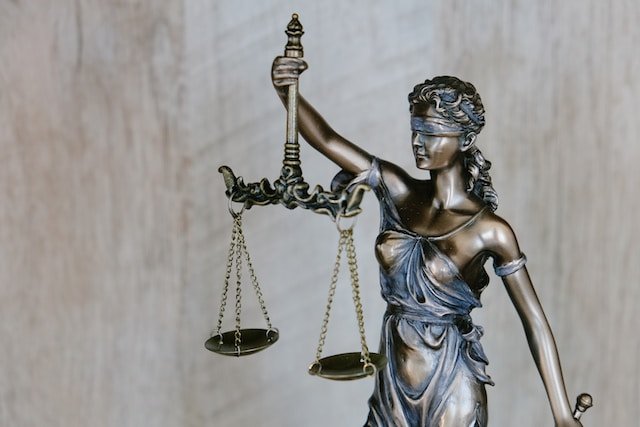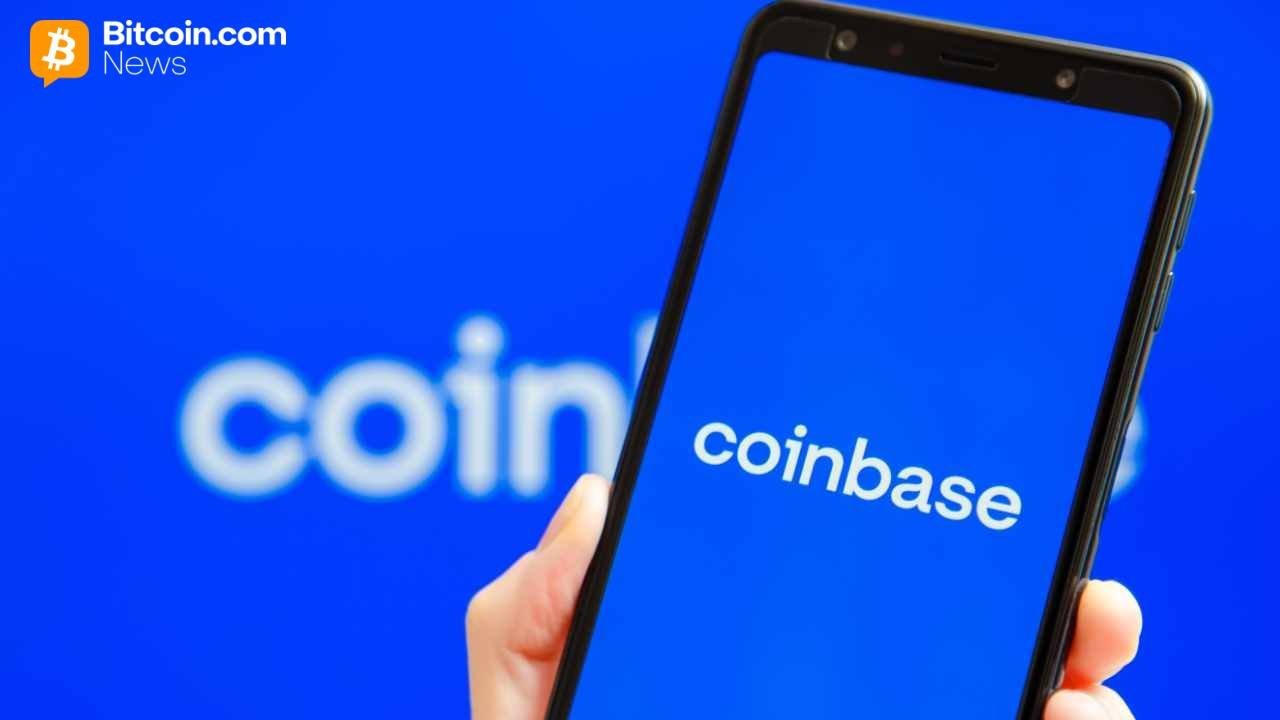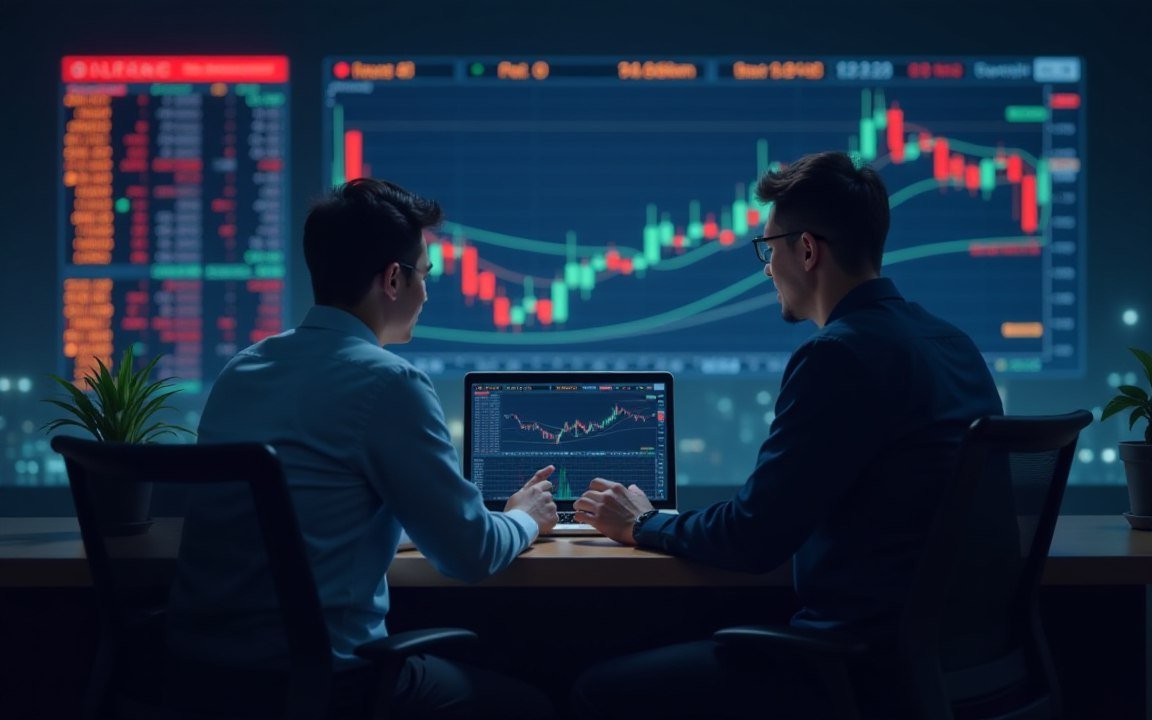Coinbase Targets $3 Trillion Stablecoin Market in New Credit Pact
Day 14 Highlights in Sam Bankman-Fried’s Trial
(Originally posted on : Crypto News – iGaming.org )
Presenting his side of the story in New York federal court, FTX founder and the defendant in the court case, Sam Bankman-Fried, took the stand and answered questions on FTX’s operations and decision-making processes. Here is a quick recap and highlights of the 14the day of the trial.
- Judge Lewis A. Kaplan’s Ruling – One of the critical points in the case was Judge Kaplan’s decision to include discussions on FTX’s data retention policy, which highlighted the use of Signal’s auto-delete feature for internal chats. Notably, this policy traces back to the pen of Daniel Friedberg, the defendant’s general counsel.
Bankman-Fried has been candid throughout. He firmly elucidated his stance and decisions made at FTX, a crypto venture he embarked upon with his buddy, Gary Wang. Further, he shed light on his association with Alameda Research, emphasizing its significant influence on FTX.
New players only. Exclusive Welcome Bonus of 177% + 77 Free Spins
- Alameda’s Origin and FTX’s Birth – Commencing operations from a Berkley office, Bankman-Fried set the foundation for Alameda with a humble $200,000. Fast forward 18 months, and FTX emerged. A notable confession came when he acknowledged hiding certain trading inconsistencies from Caroline Ellison, his colleague from his days at Jane Street.
- Growth and Relocation – Their growth journey is marked by strategic relocations. Initially planted in Hong Kong in 2021, the operations soon moved to the Bahamas. The reason? A more favorable regulatory environment. However, Bankman-Fried was quick to note that this growth was organic, even if it leaned on aggressive marketing tactics funded predominantly by Alameda loans.
Discussing the operational challenges, Bankman-Fried stated, “We increased the number of servers for the risk engine. But an erroneous liquidation, especially from Alameda or a similar large account, could spell disaster for FTX. I made this clear to Gary [Wang]. Their assurances were quick in coming.”
However, some aspects raised questions:
- “Allow Negative” Code – Bankman-Fried claimed he was in the dark about this unique code conceived by Wang. This piece of coding essentially functioned as a financial safety net for Alameda.
- Political Donations – These payments had clear objectives – influence crypto policies and lend a hand to humanitarian projects like Michael Sadowsky’s Guarding Against Pandemics.
By June 2022, the storm clouds began gathering. Alameda’s liquidity plummeted, with alarming signals like an $8 billion glitch flagged by Nishad Singh. Adding to the concerns, Caroline Ellison articulated doubts regarding the firm’s financial stability. Bankman Fried’s recounting of a conversation with Singh is particularly telling: “Yes. Nishad was worried about marketing, brand collaborations, and K5. I admitted our marketing was off the mark. While I hadn’t approved some initiatives, others like the MLB umpire patch were hitting the mark.”
New players only. Exclusive Welcome Bonus of 350% + 150 Free Spins
Despite the turbulent times, one fact stood out:
- Alameda’s Financial Strategy – Contrary to Bankman-Fried’s advice of keeping a $2 billion safety buffer, Alameda ventured ahead without hedging its bets.
As 2022 neared its close, Bankman-Fried contemplated closing the doors of Alameda, admitting to Adam Yedidia that FTX’s defenses were not invulnerable.
The legal dance isn’t over. The stage is set for Bankman-Fried’s return on Oct. 30 for a thorough cross-examination. With Judge Kaplan’s hint, the upcoming days might see lawyers congregating for a charge conference before the month’s end.







 Bitcoin
Bitcoin  Ethereum
Ethereum  Tether
Tether  XRP
XRP  Wrapped SOL
Wrapped SOL  USDC
USDC  Lido Staked Ether
Lido Staked Ether  Dogecoin
Dogecoin  TRON
TRON  Cardano
Cardano  Wrapped stETH
Wrapped stETH  Wrapped Bitcoin
Wrapped Bitcoin  Figure Heloc
Figure Heloc  Hyperliquid
Hyperliquid  Chainlink
Chainlink  Bitcoin Cash
Bitcoin Cash  Wrapped eETH
Wrapped eETH  Stellar
Stellar  Ethena USDe
Ethena USDe  USDS
USDS  Sui
Sui  Binance Bridged USDT (BNB Smart Chain)
Binance Bridged USDT (BNB Smart Chain)  WETH
WETH  LEO Token
LEO Token  Hedera
Hedera  Avalanche
Avalanche  Coinbase Wrapped BTC
Coinbase Wrapped BTC  Litecoin
Litecoin  USDT0
USDT0  Monero
Monero  WhiteBIT Coin
WhiteBIT Coin  Shiba Inu
Shiba Inu  Toncoin
Toncoin  Cronos
Cronos  Mantle
Mantle  Zcash
Zcash  Ethena Staked USDe
Ethena Staked USDe  Dai
Dai  Polkadot
Polkadot  Bittensor
Bittensor  MemeCore
MemeCore  Uniswap
Uniswap  World Liberty Financial
World Liberty Financial  Aave
Aave  sUSDS
sUSDS  OKB
OKB  Ethena
Ethena  Bitget Token
Bitget Token  USD1
USD1  Pepe
Pepe  NEAR Protocol
NEAR Protocol  BlackRock USD Institutional Digital Liquidity Fund
BlackRock USD Institutional Digital Liquidity Fund  PayPal USD
PayPal USD  Jito Staked SOL
Jito Staked SOL  Ethereum Classic
Ethereum Classic  Binance-Peg WETH
Binance-Peg WETH  Aptos
Aptos  Ondo
Ondo  Jupiter Perpetuals Liquidity Provider Token
Jupiter Perpetuals Liquidity Provider Token  Aster
Aster  Falcon USD
Falcon USD  Pi Network
Pi Network  POL (ex-MATIC)
POL (ex-MATIC)  Tether Gold
Tether Gold  Worldcoin
Worldcoin  USDtb
USDtb  Rocket Pool ETH
Rocket Pool ETH  Gate
Gate  Arbitrum
Arbitrum  KuCoin
KuCoin  HTX DAO
HTX DAO  Binance Staked SOL
Binance Staked SOL  Kinetiq Staked HYPE
Kinetiq Staked HYPE  Internet Computer
Internet Computer  Pump.fun
Pump.fun  Algorand
Algorand  Story
Story  StakeWise Staked ETH
StakeWise Staked ETH  Cosmos Hub
Cosmos Hub  VeChain
VeChain  Liquid Staked ETH
Liquid Staked ETH  Official Trump
Official Trump  Wrapped BNB
Wrapped BNB  Sky
Sky  Jupiter
Jupiter  Lombard Staked BTC
Lombard Staked BTC  Syrup USDC
Syrup USDC  BFUSD
BFUSD  PAX Gold
PAX Gold  Pudgy Penguins
Pudgy Penguins  syrupUSDT
syrupUSDT  Renzo Restaked ETH
Renzo Restaked ETH  Render
Render  Sei
Sei